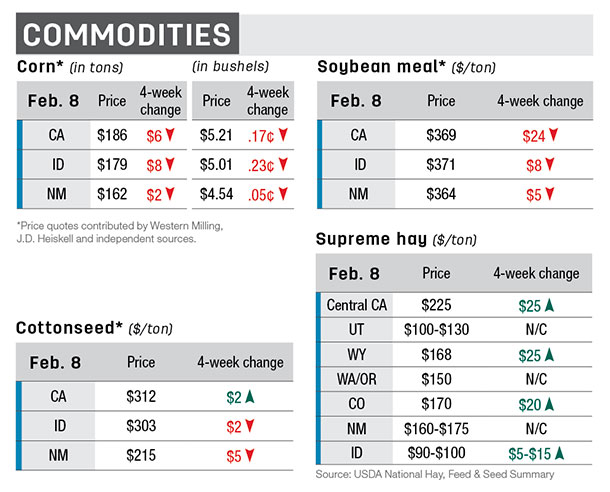Breeding season is right around the corner, and a shorter calving period next year could be the first step toward improved reproductive performance in the long term. The goal for most cow herds should be to target a 45- to 60-day calving season. This provides adequate time after calving for females to cycle at the beginning of the next breeding season. Since a shorter calving season is so critical to your bottom line, here are a couple of considerations to help set you up for success.
-
Consider reducing the breeding season – While this is the easiest path to improvement, it is important to make the transition to a shorter breeding season over a few years.
A large portion of the cow herd could be removed rather quickly by reducing the breeding season all at once and culling all open cows to eliminate late calvers. If you are currently calving over a longer time frame, transitioning 20 to 25 percent of the cows per year to a 45-day breeding season is recommended.
-
Consider manipulating the system – Cattle must cycle early to achieve a shorter breeding season. Estrus synchronization, in combination with A.I. or natural service, is an effective way to shorten the calving season by increasing the number of females that exhibit estrus early in the breeding season.
Depending on labor and other resources, there are several synchronization methods to choose from. Bull exposure could also help reduce postpartum interval to estrus. The best response is generated when bulls are first introduced at least 40 days postpartum.
-
Consider early intervention – Early calving assistance can help mitigate the potential for reproductive damage. Delayed calving assistance has been shown to contribute to longer postpartum intervals.
Research suggests that heifers are 36 percent and cows 58 percent more likely to be culled due to reproductive failure when calving difficulty is experienced.
Additionally, weaning a calf early will decrease cow nutrient demand and potential for lost body condition. Thus, the amount of feed needed to maintain ideal condition and time for females to start cycling post-calving is reduced.
The need for planning and sound management is the common link among each consideration. Transition is always difficult. However, a shorter calving season could result in more uniform calves at weaning, efficient use of labor and profit.









